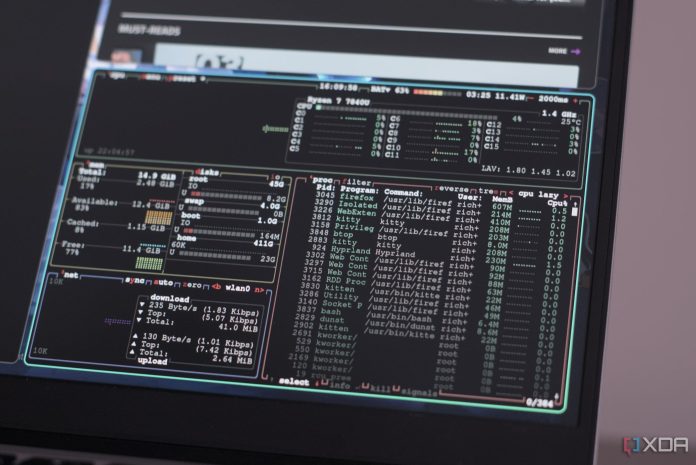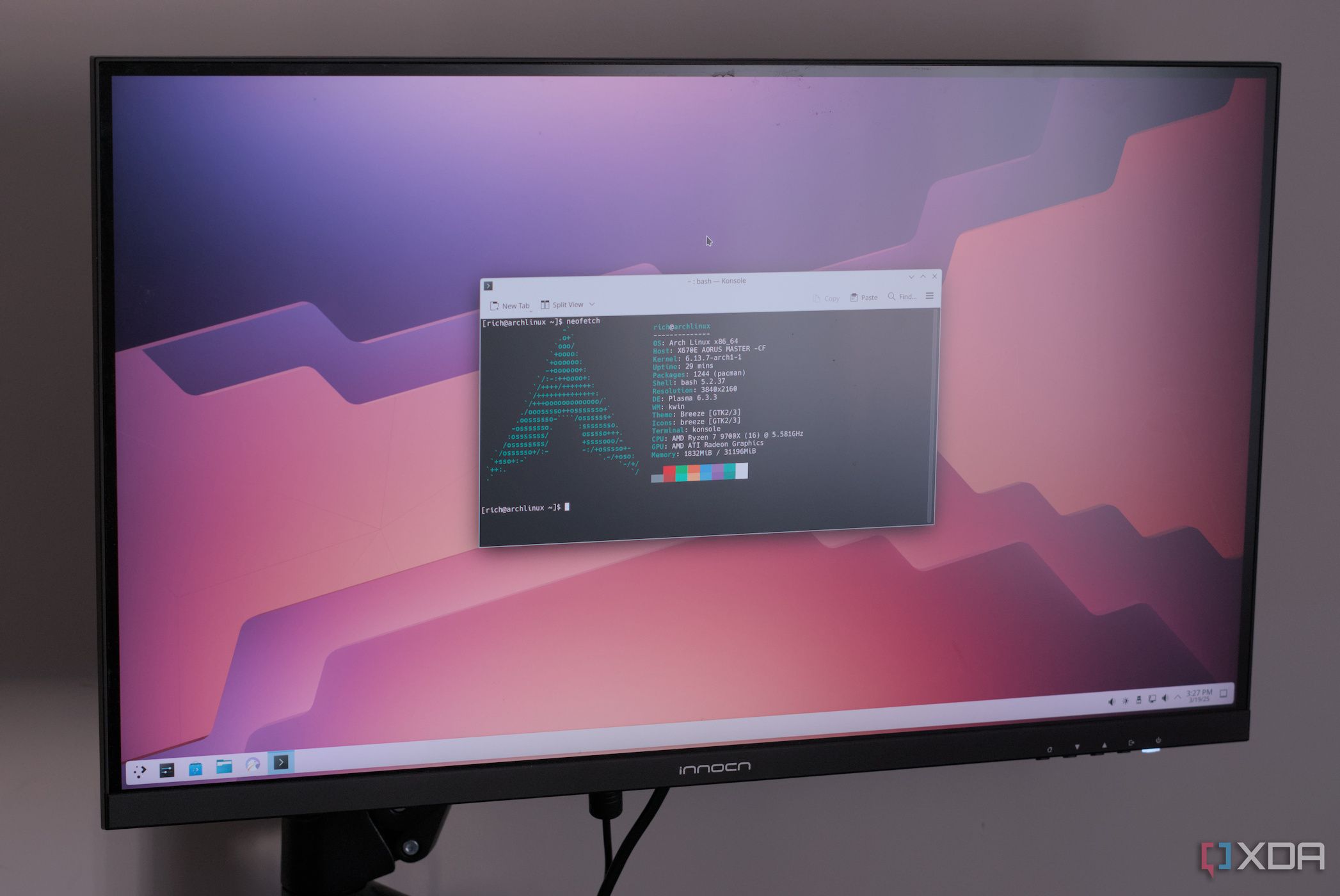Linux has made some incredible strides in gaming over the last few years. What was once a platform known for its complexities and limitations has turned into a viable alternative to the decades-long stranglehold that Microsoft has maintained on PC gaming. Between Proton, Bazzite, and a highly dedicated community of Linux users, there are precious few games you can’t play on Linux.
Gaming on Linux is so much better than it was even three years ago — but let’s be honest, it’s still not good. You can use Linux as your primary platform for PC gaming, but there are still a multitude of issues that hold Linux back from becoming a primary destination for PC gaming, despite how much progress it’s made in companion gaming applications.
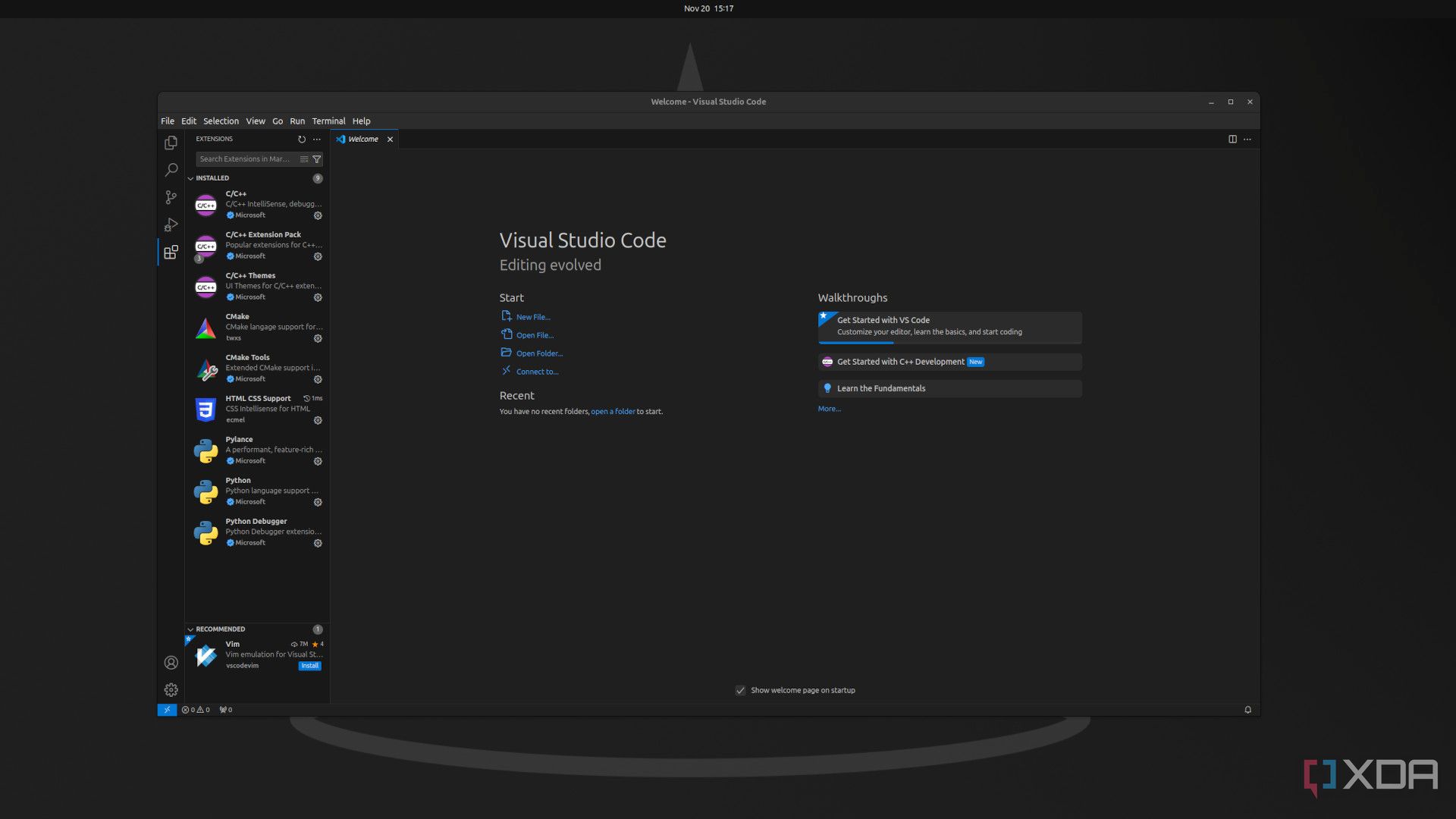
Related
6 ways modern Linux distros are less infuriating
Thinking about trying Linux? Here’s why it’s less complicated and annoying than before.
A history of building a walled garden
How Microsoft transformed a niche market into a monolith
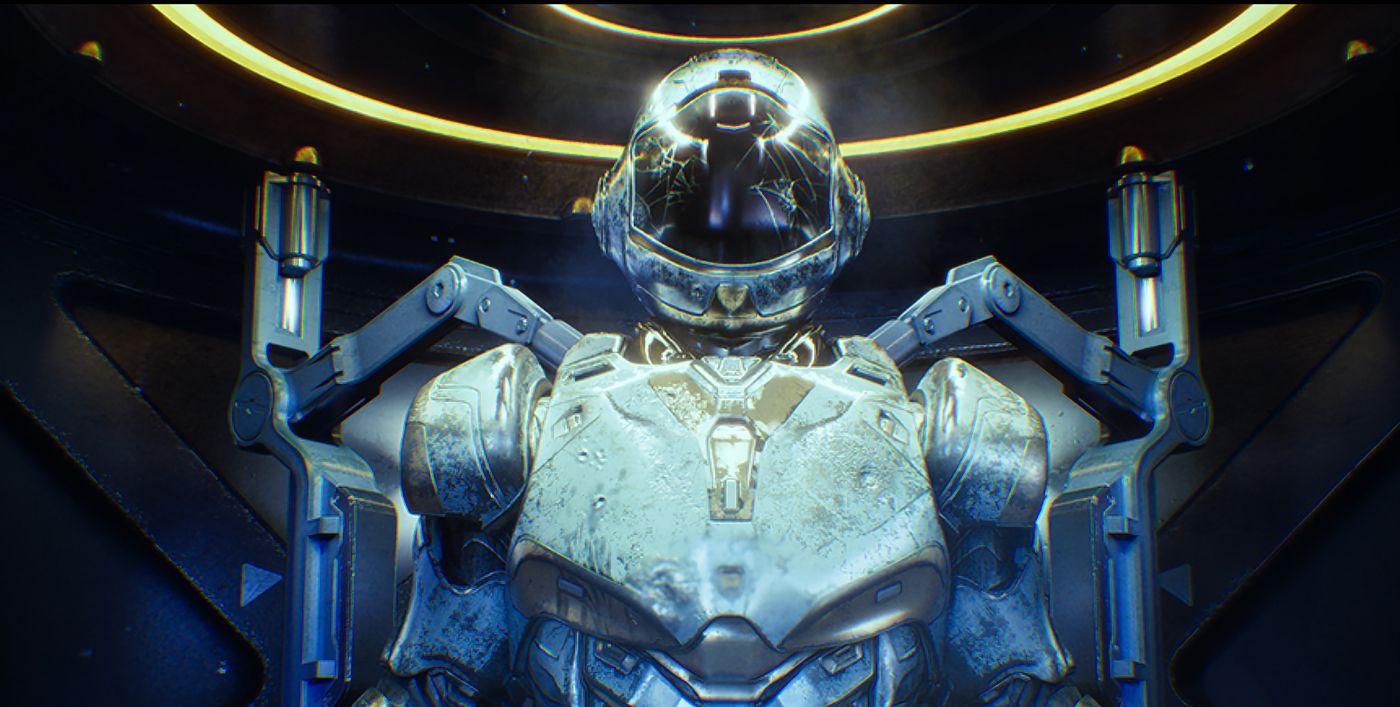
PC gaming has a complex history. Although games running on a computer predate early game consoles, arcades and early game consoles are what paved the way for what we know about PC gaming today. There’s a more complicated history of PCs in general, but the important thing to note here is that, throughout the 1980s, PCs weren’t much known for their gaming prowess. That was the realm of consoles. Machines like the Commodore 64 were standouts in the early days of PC gaming, but most people bought a PC for a reason other than gaming. And by the time the mainstream market was ready to adopt PCs, they bought DOS machines due to how inexpensive they were compared to machines like the Apple II.
That changed in the early 1990s. The release of the Intel 80386 — designed by none other than former Intel CEO Pat Gelsinger — allowed PCs to reach higher speeds and produce graphics ahead of consoles. Doom was a watershed moment for PC gaming in 1993, offering something that you simply couldn’t find on a console. And Microsoft, with its prolific MS-DOS and aggressive targeting of inexpensive DOS machines, doubled down on creating a platform for PC gaming that could rival consoles.
With the release of Windows 95, Microsoft had a problem with game developers, though. This release was the first time Microsoft moved away from DOS, and in the process, Microsoft caused a string of issues for PC game developers. The direct hardware access that developers were used to in DOS was gone, and compatibility issues turned developers away from supporting Windows. Three Microsoft employees — Craig Eisler, Alex St. John, and Eric Engstrom — tackled the problem by creating DirectX.
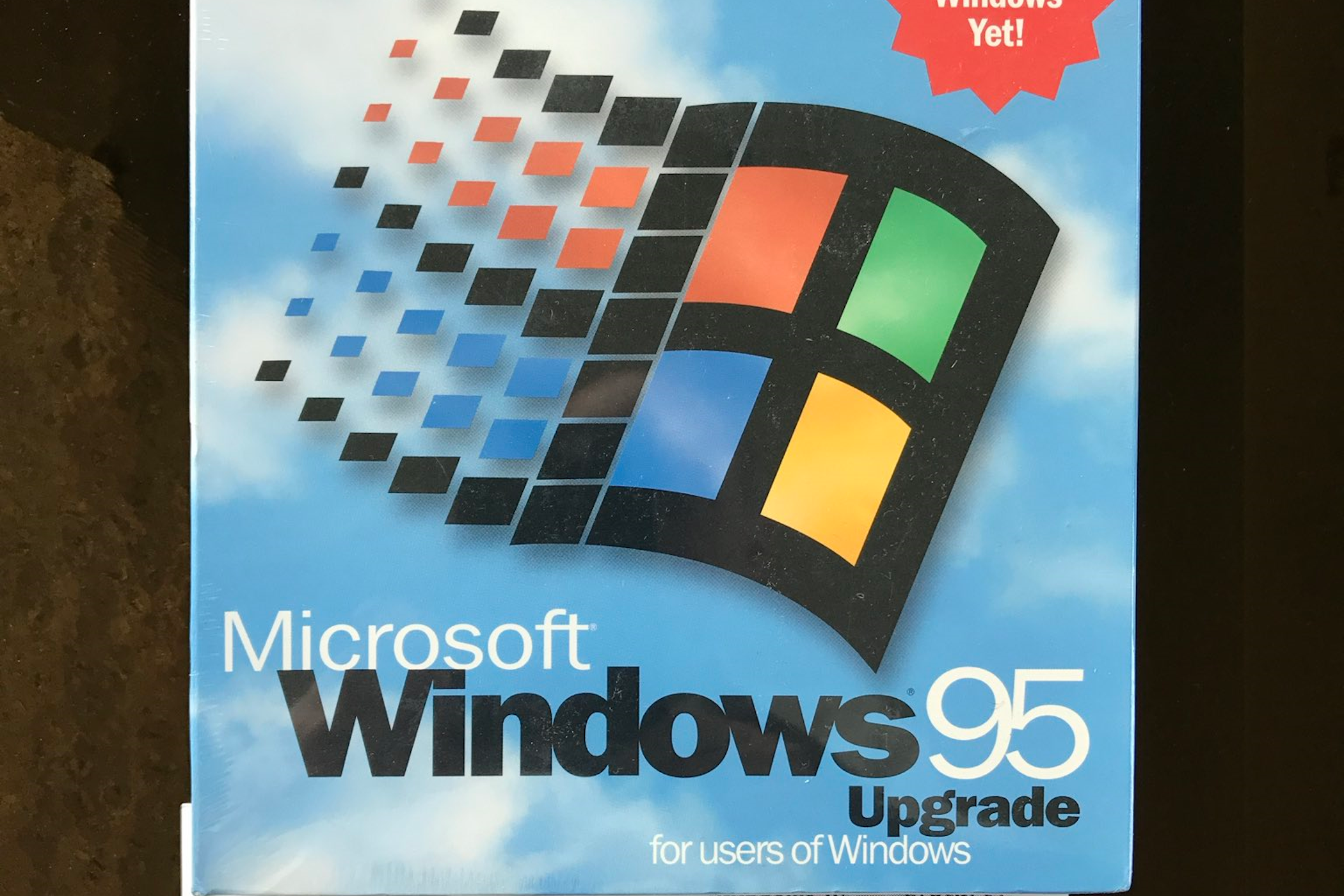
Related
Someone ported Discord to Windows 95, because why wouldn’t you
Epic tech project does the unthinkable by powering Windows 95 with Discord Messenger.
“What if it was possible to give game developers access to the high-end features of video cards? Would games finally migrate from DOS to Windows (specifically, Windows 95 back then)? Could Windows really be a gaming platform that could compete with Sega and Nintendo? At the time, it wasn’t clear there was any way this could possibly happen,” Eisler wrote in a blog recounting the early days of DirectX. The team pitched the idea to hardware vendors like ATI and S3, showcasing how the Windows 95 Game SDK (eventually DirectX) would be able to leverage their hardware. And to demonstrate its capabilities, Microsoft offered to port Doom and Doom II to Windows 95 for free for id Software, which released as Doom 95 — a version that had superior resolution over the originals and was headed by the now-famous Gabe Newell.
That was really the birth of modern PC gaming, and Microsoft was there for the start of it. Rather than remain constrained to the capabilities of DOS or settle for the lagging hardware on a console, Microsoft offered developers a way to release cutting-edge PC games that would work on a variety of platforms, and without the porting work necessary to support dozens of different hardware configurations. And what came after was a snowball. As PC hardware continued to improve, Microsoft continued to invest in DirectX, and game developers wanted to push out titles that simply weren’t possible on console hardware, Windows became the destination for PC gaming.
This history is important to understand. Microsoft aggressively targeted consumer applications for PCs with DirectX, and in the process, brought game developers over to its platform. In parallel, the Linux kernel started to take off in commercial settings, largely due to the fact that it was free, flexible, and offered a way for enterprises to use inexpensive PCs rather than mainframes with bespoke software. Gaming was never the goal of Linux, and it was a clearly defined goal of Windows from even the earliest days of the platform.
It doesn’t seem like Microsoft intended to build a walled garden, but that’s what happened. Both game developers and hardware brands focused exclusively on Windows and DirectX, and that focus has largely remained for the past 30 years.
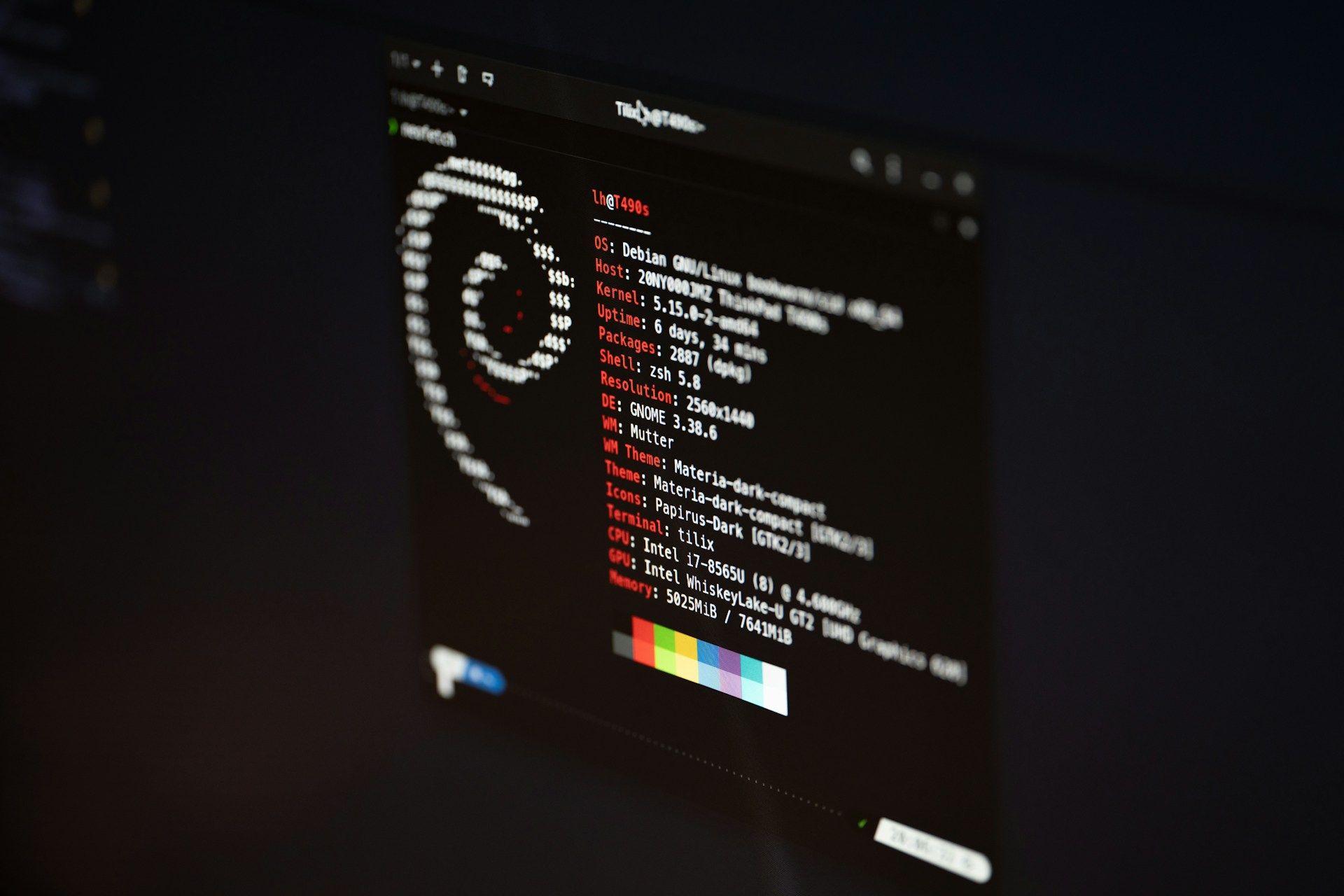
Related
3 reasons Linux is the best alternative to Windows for gamers
Linux is still the best option for gamers looking to get away from Microsofts grasp
It’s not Linux; it’s Windows on Linux
If you can’t beat them, join them
The growth of Linux as a gaming platform hasn’t come as a result of Linux itself, but rather getting Windows API calls made to DirectX to work on Linux where DirectX isn’t available. Proton from Valve is what really opened the floodgates on that front, transforming the general-purpose Wine translation layer into something built specifically for games. Over the course of just six years, Valve has essentially made game support a non-issue on Linux, short of some exceptions like games with anti-cheat software.
Valve’s approach with Proton really exposes how difficult it is for Linux to gain a foothold in PC gaming. It’s not bringing games to Linux. With decades of software written for DirectX and hundreds of thousands of game developers writing new software for DirectX, that’s a fool’s errand. Proton allows Windows games to run on Linux. It doesn’t offer Linux versions of games, and that distinction is important when looking at the shortcomings of Linux as a platform. Valve is focused on improving Linux gaming. Software developers, at least in the PC gaming ecosystem, largely aren’t.
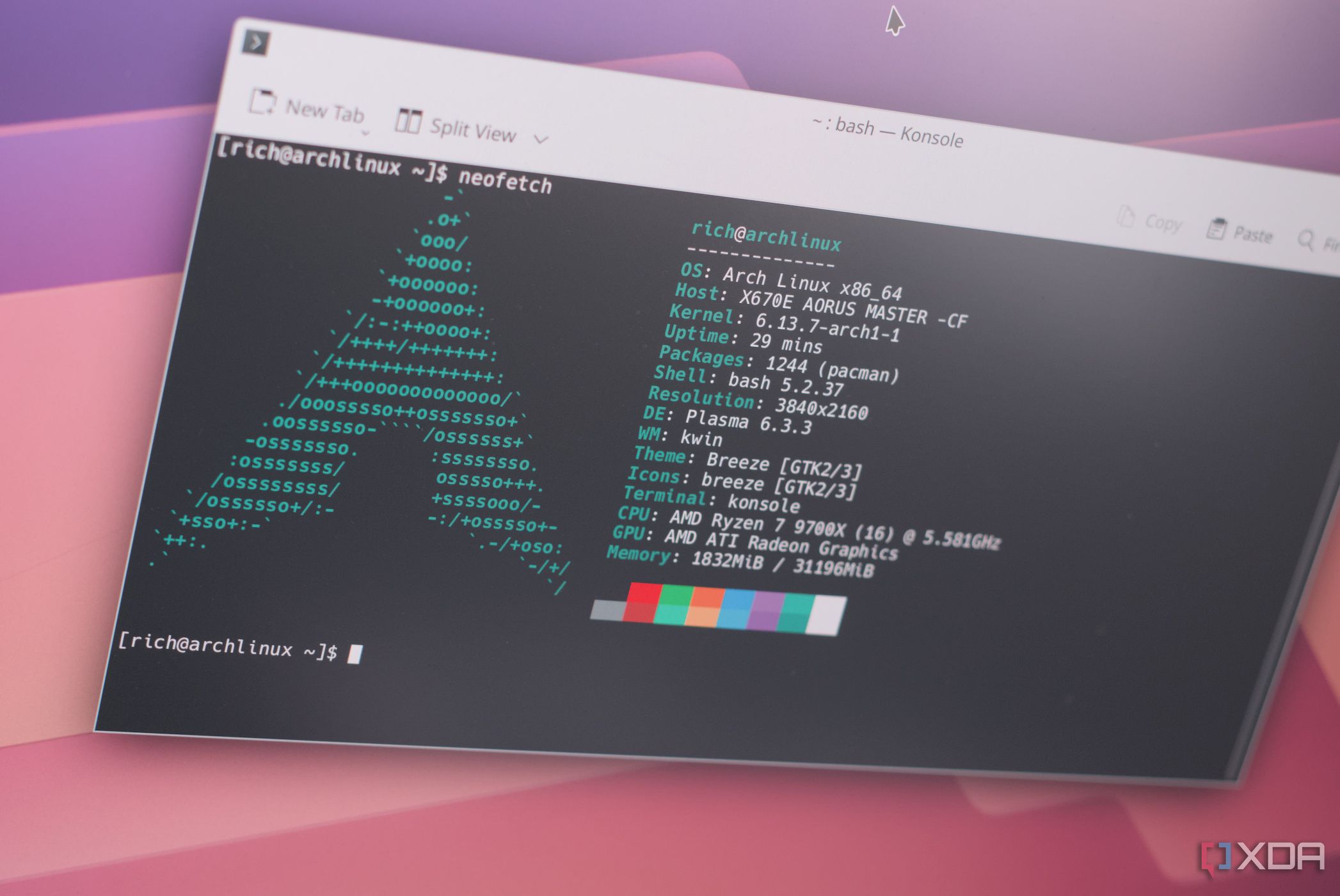
Related
I recommend these 3 best Linux distros for gamers ditching Windows
Looking to game outside of Windows? You’ll need one of these Linux distros.
Sure, you can play most of your games on Linux, but what about all the other software you want to run on your gaming PC? Drivers for AMD and Nvidia graphics cards are available, largely thanks to the open-source community, but the Nvidia app and Radeon Software? They’re nowhere to be found, locking you out of using features like DLSS 4 in a large swath of games, and closing off FSR 4 support entirely. Discord is available on Linux and receives regular updates, but a quick search of the Discord subreddit turns up dozens of threads from the past couple years about the app breaking in various ways.
Those are just the most prominent examples of additional software you probably want running on your gaming PC. MSI Afterburner and Rivaruner Statistics Server (RTSS) aren’t available on Linux, so you’ll need to reach for alternatives like MangoHUD and CoreCtrl. Modding tools like Special K work on Linux, but you’ll need to play a game of whack-a-mole for support between different Proton versions and specific file requirements that some games have and others simply don’t. That’s even before the tired anti-cheat conversation, locking off support for dozens of titles that consistently rank among the most-played PC games.
When it comes to more specialized applications like the Steam Deck or an HTPC running Bazzite, there’s an argument that Linux is straight-up better than Windows at this point. But when it comes to your main gaming PC, it’s hard to spend more than a few minutes with Linux before running into issues you simply don’t encounter on Windows. If you can deal with those hurdles, great. But most people can’t. The software support isn’t there, and where it shows up, you can almost always expect an inferior version to what you get on Windows, at least when it comes to gaming — don’t come for me acting like I’m talking about all software available for Linux, now.
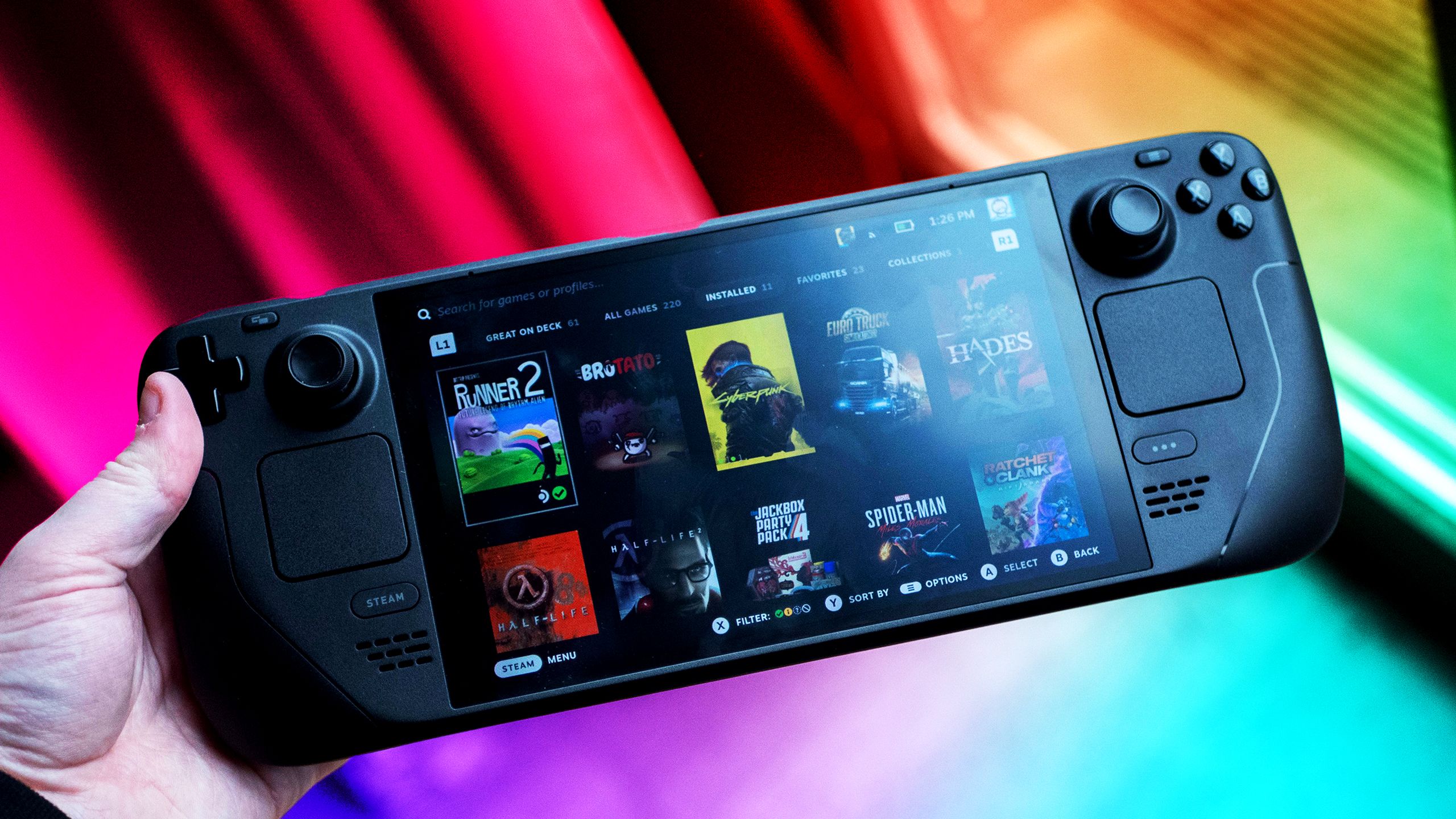
Related
These 7 Linux myths you still believe simply aren’t true
Linux is a completely different beast than it was a decade ago.
Understanding what Linux is up against
Even David and Goliath sells it short
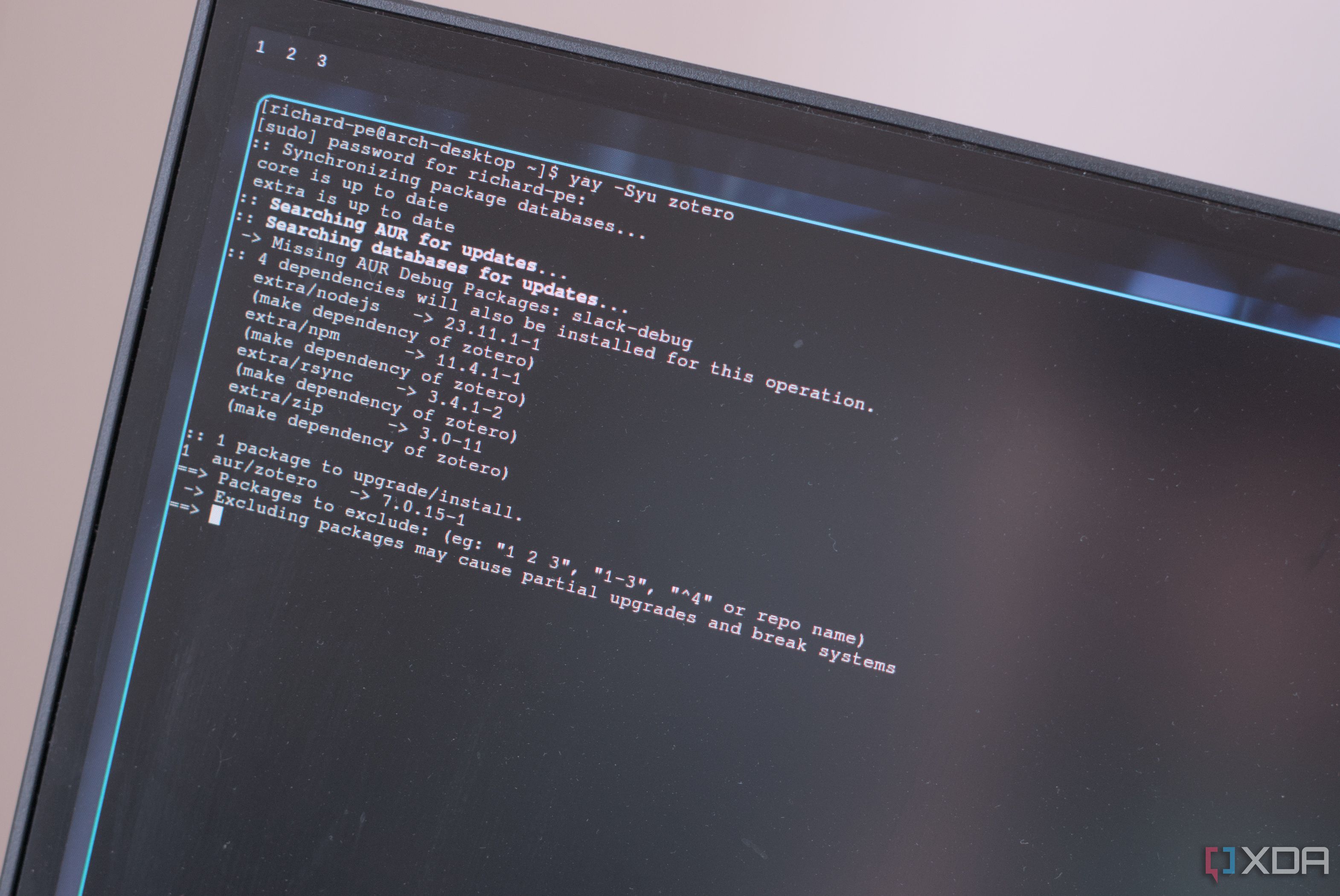
I don’t mean to undermine the incredible strides that Linux has made as a gaming platform, and I certainly don’t want to discredit the work of developers in the open-source community that has made Linux gaming possible in the first place. My goal is to set the stage for what Linux is truly up against. It’s up against 30 years of development almost exclusively focused on Windows, and a market that overwhelmingly uses Windows as a primary platform for gaming. Breakthroughs like Proton shouldn’t be expected as the norm.
Even with the broad support Proton has brought, and even with thousands upon thousands of developers contributing to the dream of Linux becoming a primary destination for PC gaming over the course of decades, the tide just hasn’t shifted. It might eventually, and given the increasing number of issues with Windows, I certainly hope it does. But in order for Linux to become that platform, it needs to become inevitable. We’re still talking about Windows at over a 95% share in the Steam hardware survey going up against Linux, which sits at just 2.69%. Even with a Linux-friendly development team, the priority for software developers is overwhelmingly Windows support. And even among the Windows apps that work with Linux or have a native Linux version, features and support will always lag behind Windows.
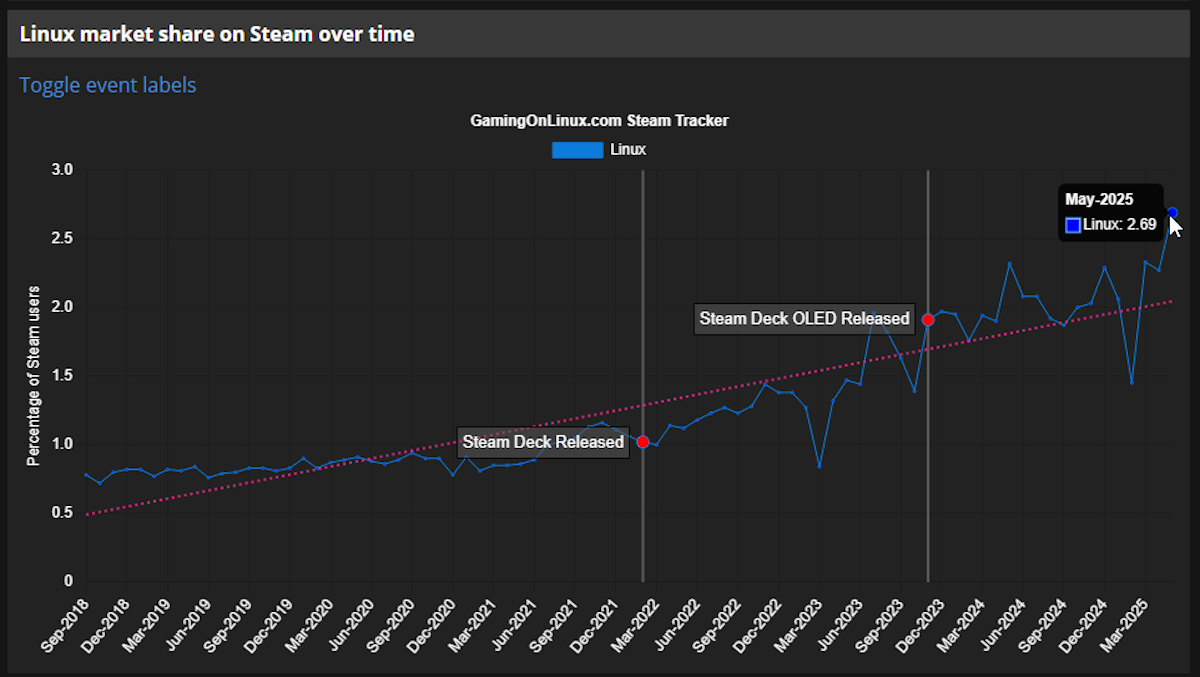
If you’re one of the rare few that use Linux as your primary platform for PC gaming, bless your heart. You have far more patience than I do, and I’m not someone who’s afraid to get their hands dirty with a terminal window. That small, passionate, and vocal community is what brought us to this point in the first place. It’s just important to recognize that progress isn’t taking place over the course of months or even years. It’s progress that’s happening on the scale of decades.
Linux gaming is in the best shape it’s ever been in, and I’m excited to see how many applications it has. But unfortunately, it’s still going to be years to come before it’s a primary destination for PC gaming.
